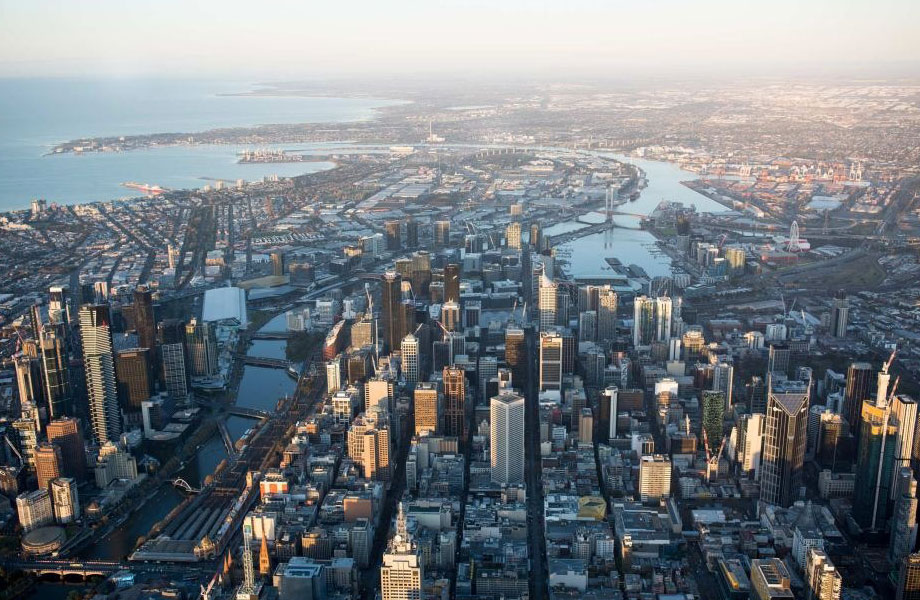By ANA NARVAEZ
Source: https://theurbandeveloper.com/
We cannot resume publishing for the year without first acknowledging the unprecedented and deadly bushfires that have ravaged the country.
While it is still too early to predict the economic impact of the bushfires, early estimates on insurance losses are closing in on half a billion-dollars and likely to continue to rise, according to the Insurance Council.
The negative fiscal cost on agricultural production and food prices, business sentiment and the tourism industry will be significant, while the length and health impact of the smoke appears to be unprecedented.
Moody’s Analytics economist Katrina Ell said that the risk of broader macroeconomic spillovers this season are high given the scale of the fires.
“Odds were already high that the Reserve Bank will cut interest rates at its next meeting, in February, to bring the cash rate to 0.5 per cent.
“The fires increase those odds.”
Reserve Bank governor Philip Lowe has come under increasing pressure not to cut interest rates further when the Reserve Bank meets in early February.
Quick refresh: Property, markets and the built environment

▲ Ongoing bush fires may be a near-term mitigating factor for the capital city markets, according to Savills’ prime housing market report.
We returned to our desks in 2019 to the fall-out from the sudden, pre-Christmas evacuation of the Opal Tower, an ominous start to a year for an industry facing considerable uncertainty in residential prices and the yet-to-be handed down final report from the banking royal commission.
And with news Opal residents have been given the all-clear to return before Christmas, the saga bookended a huge year in property.
Low interest rates and the loosening of banks’ lending policies bolstered property markets, with residential markets ending the year on a high, surging 4 per cent over the last quarter—the fastest growth in more than 10 years.
The commercial real estate market capital growth cycle looks to have peaked, with research indicating that yields should remain stable into the new year as low interest rates and positive—albeit sluggish—economic growth maintains demand for Australian commercial real estate.
